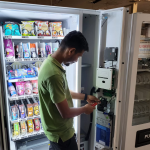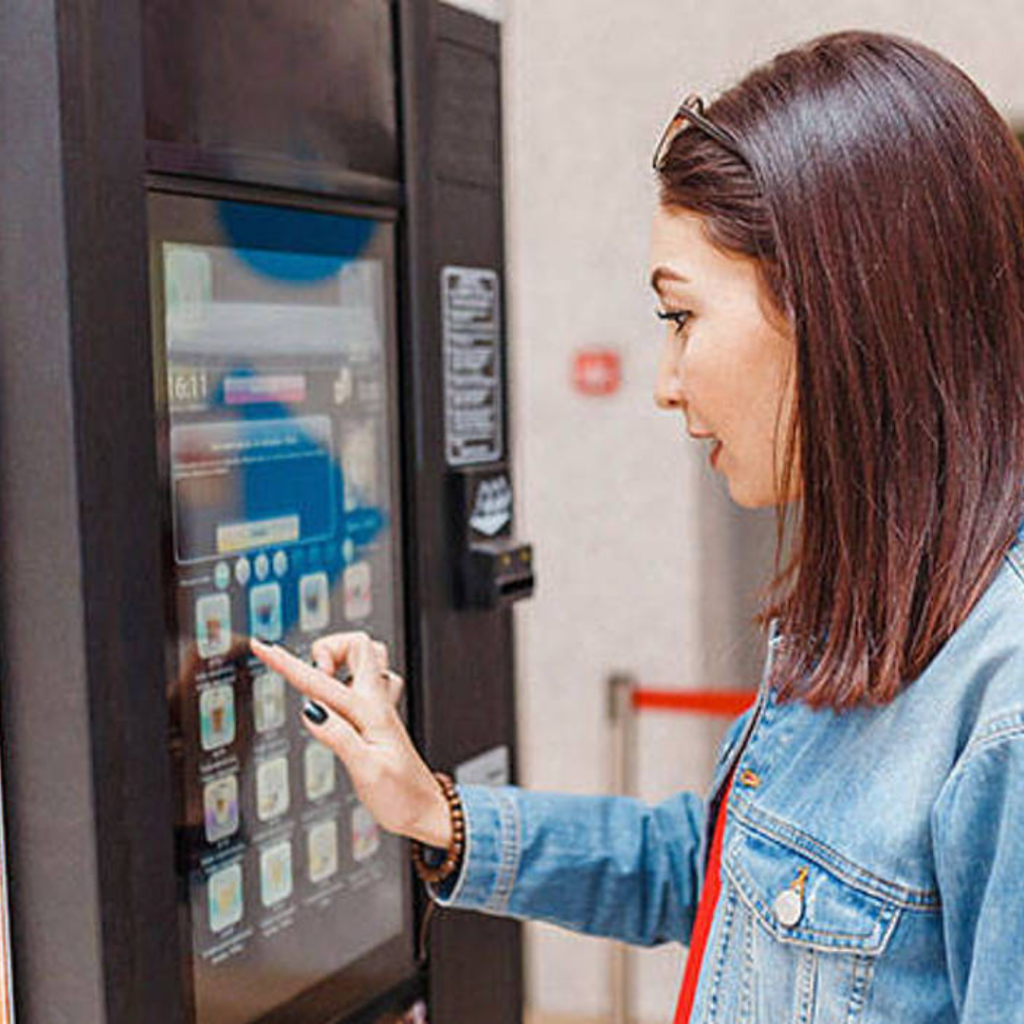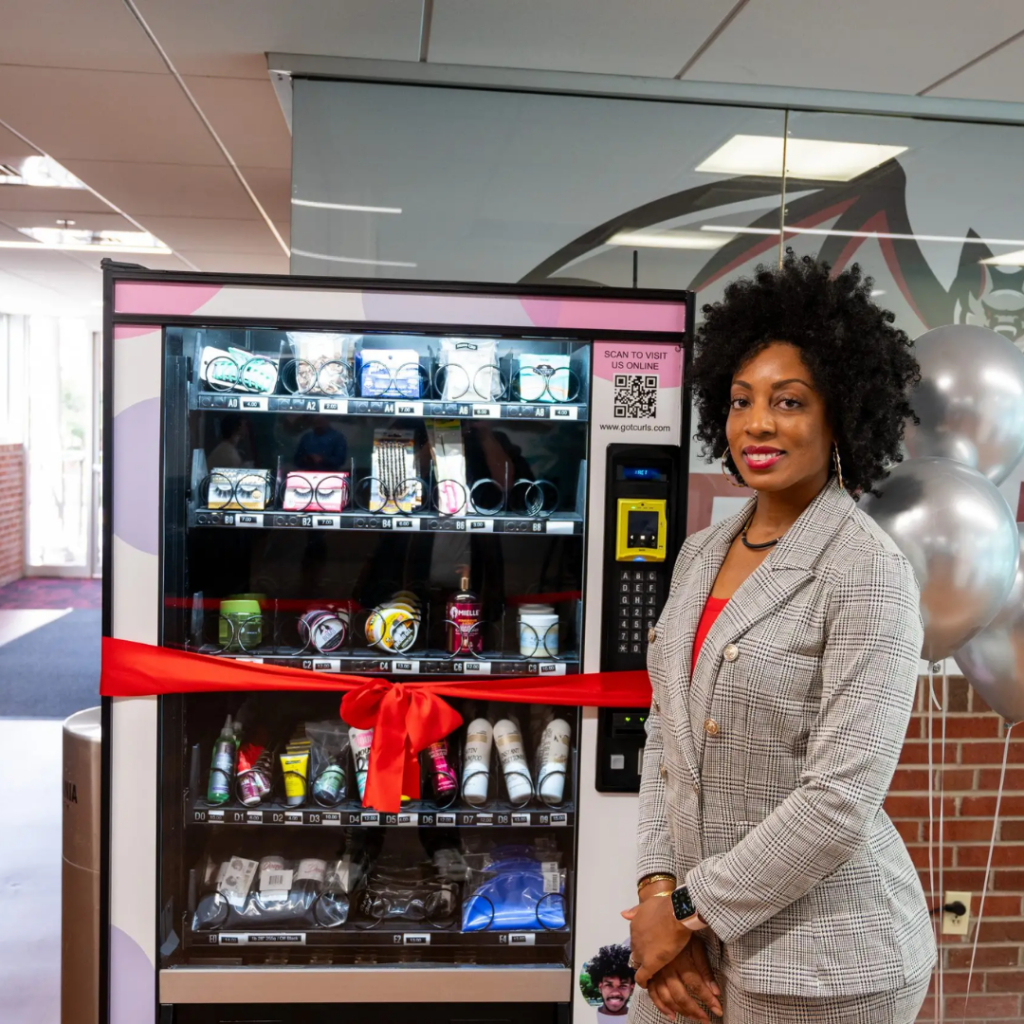Farewell to Cash: The Growing Trend of Cashless Payment in Vending Machines
The vending machine industry has been synonymous with convenience, and in its latest evolution, it’s embracing the digital wave through cashless payment systems. As we delve deeper into the ‘tap and go’ culture, the significance of integrating cashless payment methods in vending machines becomes clear. This transformation is not just a nod to the present but a stride towards future-proofing businesses in the face of a rapidly evolving consumer landscape.
The Surge of Cashless Transactions in Vending Machines
Evolving Consumer Preferences
The digital era has ushered in a significant shift in consumer behavior. Customers are increasingly opting for digital wallets and contactless cards over traditional cash. Vending machines catering to this preference are experiencing enhanced customer satisfaction due to the sheer ease and speed of transactions.
Data-Driven Decision Making
Cashless vending machine provide operators with valuable data on purchasing trends. This data is pivotal for inventory decisions, targeted marketing campaigns, and understanding consumer preferences, leading to a more efficient and customer-centric business model.
Enhanced Security and Reduced Overhead
The digitalization of payments curtails the risks associated with cash handling, such as theft and vandalism. Additionally, it reduces the operational costs of cash management, including counting, transport, and banking fees, streamlining the financial operations of vending businesses.
Popular Cashless Payment Methods for Vending Machines
Near Field Communication (NFC) Technology
NFC enables customers to pay by simply tapping their smartphones or contactless cards on the vending machine sensor. This method has gained popularity due to its security features and the widespread use of NFC-enabled devices.
QR Code Payments
QR codes have emerged as a versatile cashless payment option. Customers can scan the code displayed on the machine with their smartphones to complete a purchase, appealing to the tech-savvy user who appreciates a touch-free payment experience.
Mobile Wallet Integration
Mobile wallets like Apple Pay, Google Wallet, and Samsung Pay are becoming commonplace. Vending machines equipped with mobile wallet compatibility not only modernize the transaction process but also align with the lifestyle of a digital-first consumer base.
Implementing Cashless Systems in Vending Machines
Selecting the Right Technology Partner
Implementing cashless payment options requires choosing a technology partner that can offer robust and reliable solutions. The right partner will ensure seamless integration, minimal downtime, and provide ongoing support.
Understanding Customer Demographics
Knowing the demographics of your customer base aids in selecting the most appropriate cashless payment methods. Different demographics may prefer different modes of payment, and successful vending machine operators cater to these preferences.
Training and Support
For a smooth transition to cashless systems, adequate training for staff and clear instructions for customers are essential. Support channels should be established to quickly resolve any issues encountered during the use of these new payment facilities.
Impact on Revenue and Customer Convenience
Boost in Impulse Purchases
The simplicity and speed of cashless payments encourage impulse buys. Customers are more likely to make a purchase when the process is effortless, positively impacting the revenue streams of vending machine operators.
Meeting the Expectations of a Connected World
In an age where consumers expect digital convenience, cashless vending machines meet and exceed these expectations. They align with the lifestyle of consumers who are accustomed to fast, efficient, and secure digital transactions.
Subscription and Loyalty Programs
Cashless systems enable the implementation of subscription and loyalty programs, fostering customer retention and repeated use. These programs can be a differentiator in a competitive market, offering value beyond the transaction.
The Future of Vending Machines: Cashless and Beyond
Innovation in Payment Technologies
The payment landscape continues to evolve, and vending machine operators must stay abreast of these changes. Embracing innovations such as biometric payments or cryptocurrency can set a vending business apart and prepare it for future consumer trends.
Sustainability Through Digitalization
Cashless payment systems contribute to sustainability goals by reducing the need for paper-based currency and coin production. Digital transactions support a greener, more sustainable operating model for vending businesses.
Expanding Market Reach
Cashless vending machines have the potential to expand market reach. By eliminating the barrier of needing physical currency, operators can tap into a broader customer base that prefers or exclusively uses digital payment methods.
Enhanced Security with Cashless Transactions in Vending Machines
Reducing Theft and Vandalism Risks
Transitioning to cashless payment options significantly reduces the risks associated with physical cash, such as theft and vandalism. With less cash on the premises, vending machines become less appealing targets for criminals. This security benefit not only protects assets but also ensures that the machines are operational for customers, rather than being out of service due to break-ins or theft.
Data Protection and Encryption
As transactions become digital, the focus shifts to protecting customers’ financial data. Cashless vending machines employ advanced encryption methods to secure transaction data. Regular updates and compliance with payment industry standards are essential to maintaining the integrity of the payment systems and retaining customer trust in the vending services provided.
Monitoring and Real-Time Alerts
Cashless vending machines can be integrated into a network that monitors transaction activity for unusual patterns that may indicate fraudulent behavior. Operators can receive real-time alerts and lock down machines remotely if necessary. This level of monitoring and responsiveness further enhances the security of cashless vending operations.
Streamlining Operations with Digital Payments
Simplifying the Supply Chain
Cashless systems can streamline the entire supply chain of vending operations. With detailed digital records of every transaction, vending machine operators can make informed decisions about stock levels, machine placement, and purchasing. This data-driven approach optimizes inventory management, reducing waste and ensuring that popular items are always available.
Efficiency in Revenue Collection
The logistical effort involved in collecting, counting, and depositing cash can be considerable. By adopting cashless payments, vending businesses can benefit from automated revenue collection processes. Digital transactions allow for immediate and accurate revenue tracking, which can improve cash flow management and forecasting.
Minimizing Machine Downtime
Cash handling not only requires regular restocking of change but can also lead to mechanical issues such as coin jams. With cashless options, these problems are eliminated, significantly reducing machine downtime. Consistent availability is key to customer satisfaction and loyalty, driving repeat usage and steady revenue streams.
Adapting to Consumer Payment Preferences
Catering to the Digital Wallet
As consumers increasingly prefer using digital wallets and contactless payments, vending machines that offer cashless payment options are better aligned with these changing preferences. Offering a variety of payment options, including mobile payments, contactless cards, and even wearable technology, can enhance the customer experience and meet the expectations of tech-savvy users.
Leveraging Loyalty and Rewards Programs
Cashless vending provides the unique opportunity to integrate with loyalty and rewards programs, encouraging repeat business. By allowing consumers to accumulate points or receive discounts through their transactions, vending machine operators can build a loyal customer base and encourage more frequent purchases.
Understanding Consumer Spending Patterns
Cashless vending machines generate a wealth of data on consumer spending patterns, enabling operators to customize their offerings to match consumer preferences. This insight allows for targeted promotions, personalized product recommendations, and dynamic pricing, which can all contribute to increased customer satisfaction and sales.
Conclusion
The transition to cashless payment in vending machines represents a significant advancement in the vending industry, one that responds to the pulse of modern society’s payment preferences. It’s a journey from the tangible to the digital, simplifying transactions, and offering a plethora of benefits for both consumers and operators. Embracing cashless payments is not just an upgrade—it’s a step towards a more efficient, secure, and consumer-friendly vending experience.














